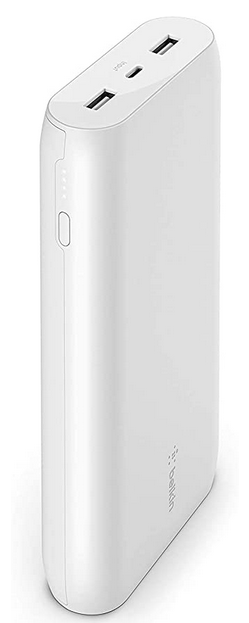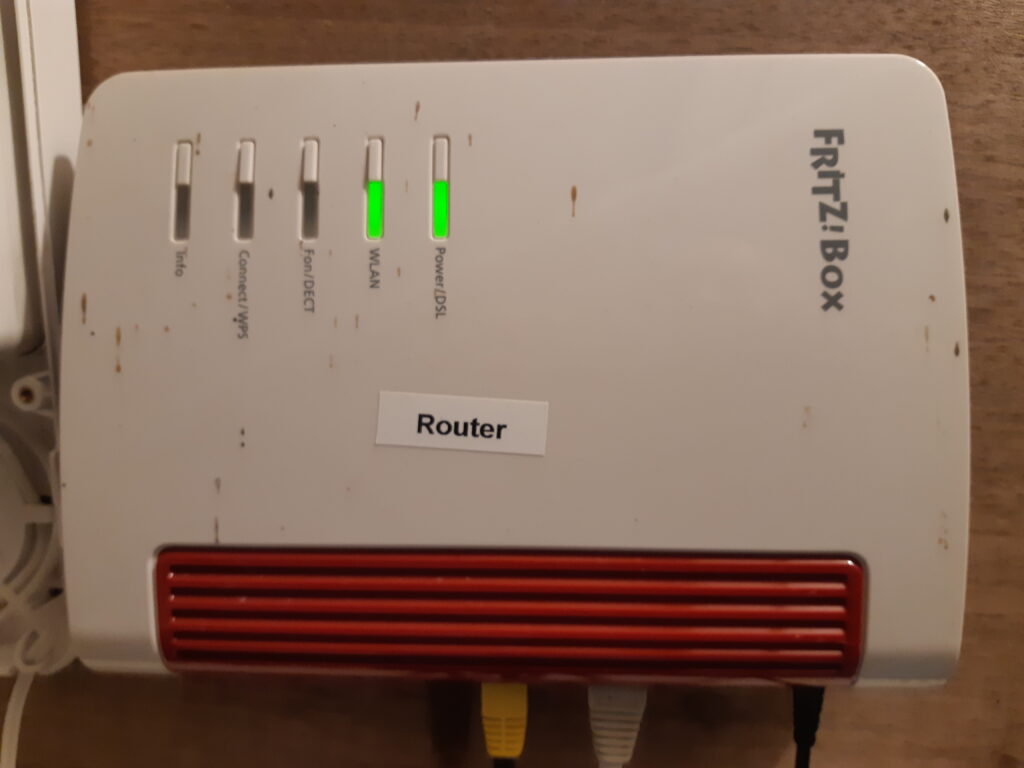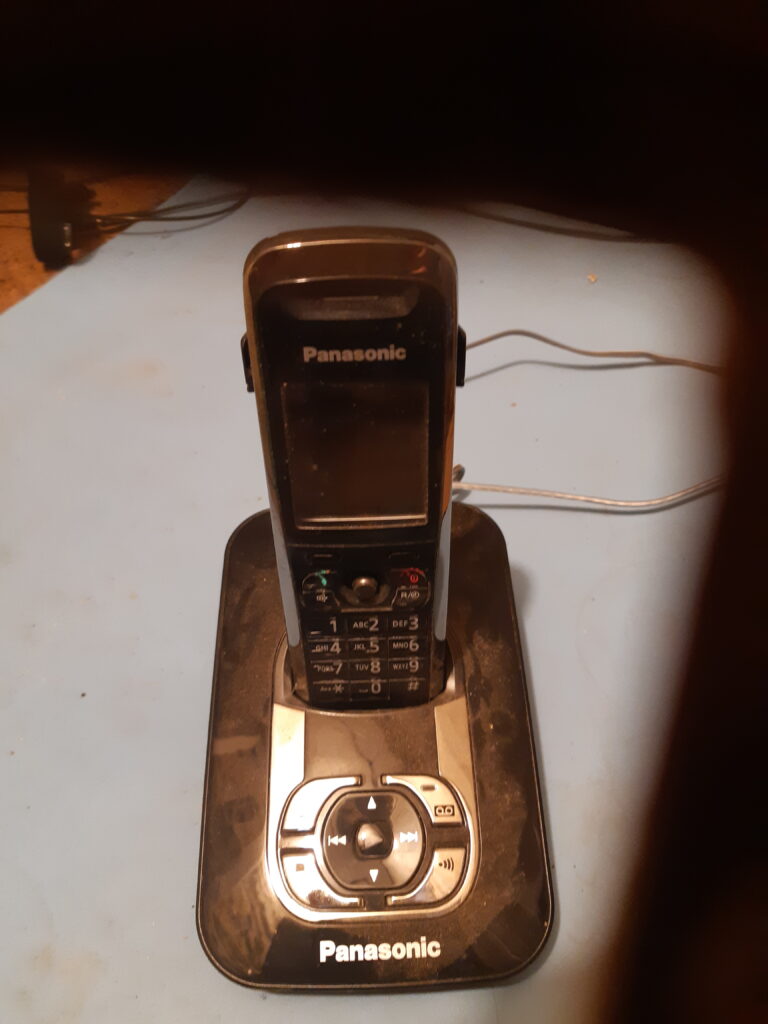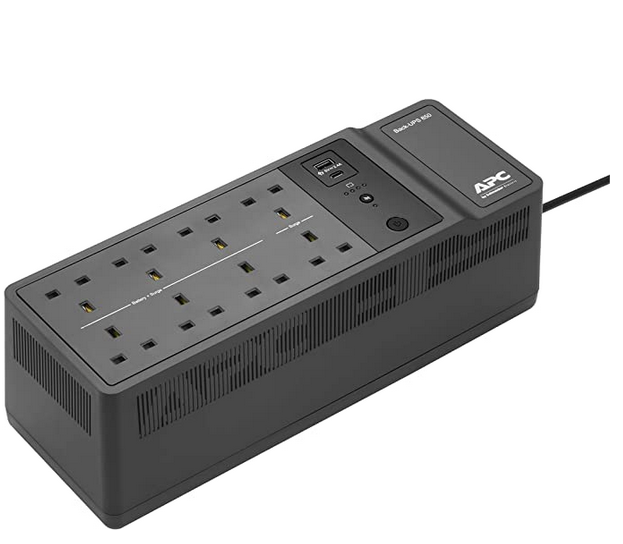Staying in touch during power cuts
[Updated 18 June 2025]
After storm Eunice, a number of people wrote to me and said things like “thanks for all the information about the power cuts, which we only saw after they had ended because of course we had no internet / computers / phone battery”. Another correspondent wrote “having fibre optic here we also lost all communications with the outside world as our mobiles also went down. Not sure what we would have done if we needed 999. “
There are devices available that can help, and as not everyone is aware of them I thought it would be useful to make some suggestions.

Power bank
Everyone, in my opinion, should have a portable power bank for their phone. This is simply a device, smaller than a paperback book, which holds enough power to re-charge your phone multiple times. You keep the power bank charged up while you have power, and then when there is a power cut, you simply charge your phone from it. The one I am going to suggest should keep your phone running for many days – a week if you are lucky. Of course that depends on your phone and how you use it.
The most important consideration with a power bank is how much power it can hold. This is measured in mAh (milliamp-hours) and obviously the more mAh, the more times it can charge your phone. I would suggest that 20000 mAh is the size to go for. If you search on-line, you find a bewildering variety of models, most of them Chinese “white label” brands. The one I am suggesting is the Belkin 20K, Belkin being a well-known and reliable brand. It costs about £30 and comes in black, blue, or a very fetching shade of dusky pink. It is available on Amazon at www.amazon.co.uk/Belkin-Portable-Charger-Output-Included/dp/B09NTNMXL8/ or from other retailers. If £30 seems too much there are smaller devices around the £20 mark, most of which would probably work very well. But avoid unknown brands. [NB if you buy a power bank much bigger than 20000 mAh, you might find that you are not allowed to take it on an aeroplane – check before flying. Thanks to Paul for pointing this out.]
I carry one of these when hiking, long-distance cycling etc (satnav on the phone is rather energy-hungry and has been known to drain the phone on long walks).
People may say: well it’s no use having a charged-up phone, because the phone masts (which also depend on electricity of course) were not working, so there was no signal! I have a solution to this too – see later.
Back-up battery (UPS) for broadband
When you move to full-fibre broadband, in many cases your provider will give a back-up battery (also known as a UPS – Uninterruptible Power Supply). The UPS will plug into the wall and the UPS itself will have mains sockets on it. The set-up needs to be as follows:
- The UPS needs to be plugged into the wall and left on all the time
- Your ONT (optical network terminal) needs to be plugged into the UPS
- Your router (BT call this a “hub”) needs to be plugged into the UPS
- If you have cordless phones for your landline, then it is a good idea to also plug the cordless base station into the UPS
That last one can be a problem if your UPS only has two sockets. The solution is simple: buy an extension cable and power two of the devices via the extension cable. That will work just as well as plugging them straight into the UPS.




Many people will be entitled to a free battery-backup, including anyone without a good indoor mobile signal, anyone “vulnerable” and anyone who might need to be contactable by a vulnerable person (as one person at a recent meeting noted: “it sounds as if almost anyone could blag themselves a free battery”). If you have full-fibre broadband and don’t have a battery back-up and feel that you are entitled to one, then your supplier should give you one. Furthermore your supplier should replace the battery when it wears out (possibly after 5 years or so). If you really can’t get a free back-up battery then your service provider will sell you one (probably around £150). These batteries will last around 4 hours in a power cut.

If you can’t get your supplier to supply a back-up battery, or you want something that will last more than about 4 hours in a power cut, then you can buy your own.
The model I’m suggesting is another well-known brand: the APC BE850G2-UK (this one, like the Ford Model T, only comes in one colour: black). It is made by Schneider Electric and is available from Amazon at www.amazon.co.uk/gp/product/B0828G42KN/ and many other retailers . How long it would keep going in a power cut is hard to estimate because devices will vary, but I would think many hours, probably days. It can also charge a tablet or laptop, but this would drain it a bit faster. Internally it has a 12 V lead-acid battery which is user-removable and replaceable, and it would be quite easy to take this out and wire the UPS up to a car battery instead. If you did this it would last many days, I would imagine. The battery inside it is sealed, by the way, so it will work vertically, horizontally, or even upside down.
Once your UPS is plugged in and set up, I strongly recommend testing it. Simply turn off all your power at the main isolator (trip-switch) and see if the internet / wifi etc keeps going. It is a lovely feeling when it does. The UPS could also be used to charge your phone, of course, so then you wouldn’t need the power bank. But I like the portability of the power bank.
Enable Wifi calling on your mobile
If your UPS is working properly you will now have Wifi despite the power cut, and this is how you can make and receive mobile phone calls. Many phone operators will allow you to make outgoing calls and receive incoming calls using Wifi rather than connecting to the nearest phone mast. There are some simple and clear instructions at support.google.com/phoneapp/answer/2811843 (for Android phones) and at support.apple.com/en-gb/HT203032 for iPhones. Once this has been set up, it operates seamlessly. It will chose to make (and receive) calls over Wifi if you are connected to a Wifi network, and switch silently to the normal mobile network when you are not connected to Wifi. It will do this even in the middle of a call.
This is a very valuable facility even not during power cuts, if you have a weak mobile phone signal in your home but you have got decent broadband/Wifi.
Generators etc
If you want to keep your freezer going, you are going to need a generator. The only thing that I have to say about portable generators is that for domestic purposes it is worth going for an “AVR” or “Inverter-generator” model. These produce very “clean” electricity, ie without surges, spikes, unwanted frequencies or electrical “noise”. Sensitive electronic equipment may not work with – or may even be damaged by – older-style generators producing relatively dirty electricity. This could include your internet router etc (see above) – that would be a shame. Even things like electric blankets have been known to refuse to work when powered by one of these older generators. Generators are expensive, however. I have just looked up prices and they seem to start at £800 new. If you want to get one, a good choice might be the Honda EU22i with the LPG conversion kit which I see listed at £1400 including VAT. This is dual-fuel (LPG or petrol) and if you already use LPG (propane) for other purposes, it will give lower running costs than petrol. This is not an area on which I would claim massive expertise, so perhaps take other advice and shop around.
The ultimate level, which I do know a bit about, is total self-sufficiency with a complete “off-grid” system. But that’s another story. Solar panels, incidentally, will not help in a power cut. Solar panels are an extremely good thing to have – almost everyone should have them and they are cheaper than they have ever been – but sadly, they will not produce electricity during a power cut unless you also have an expensive battery in your system.
If anyone would like any more advice or to see any of these devices in action, I would be happy to help.